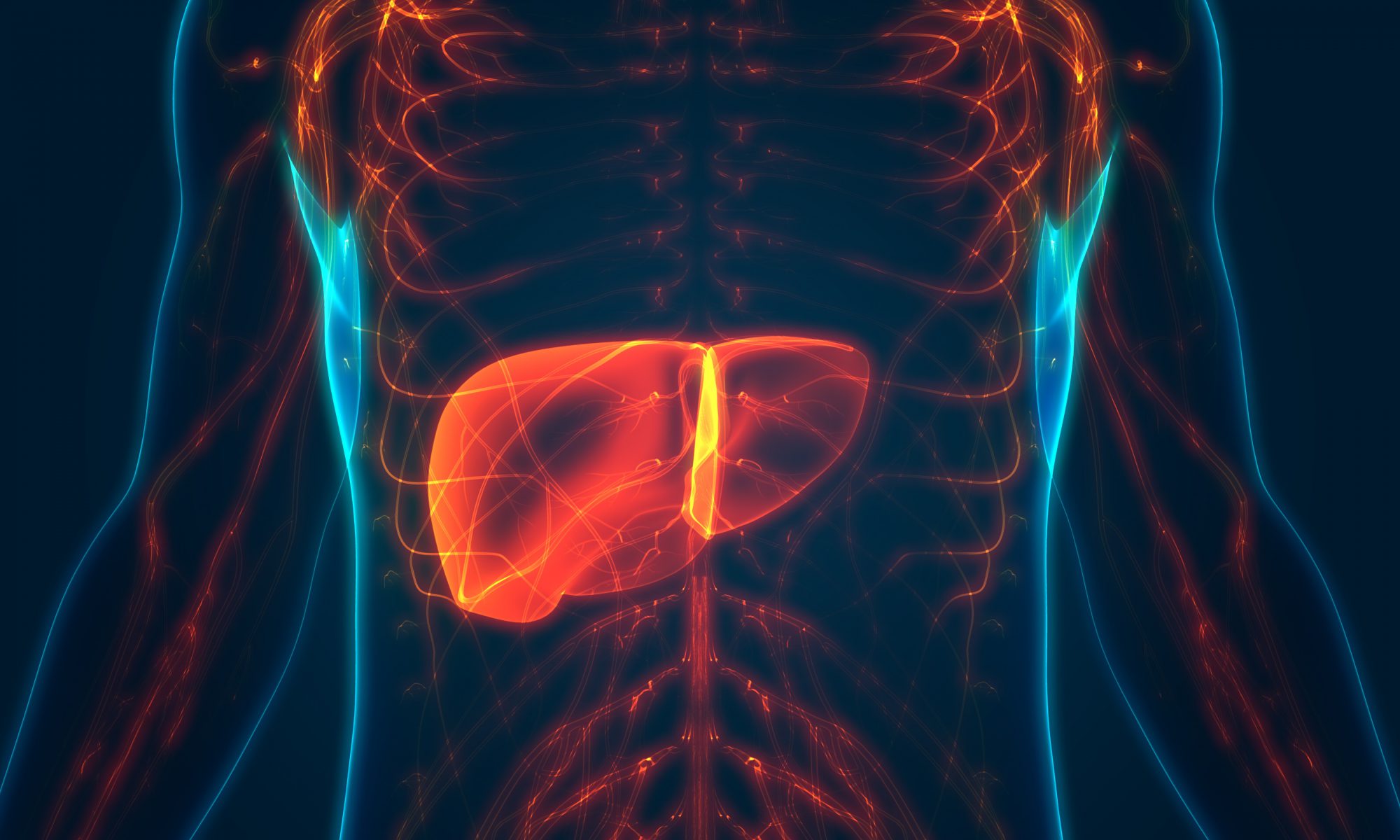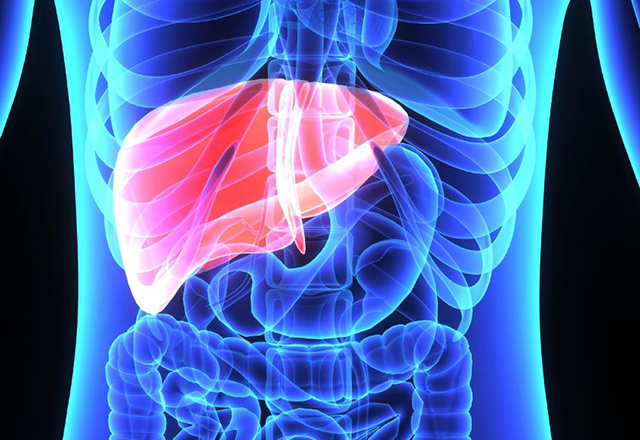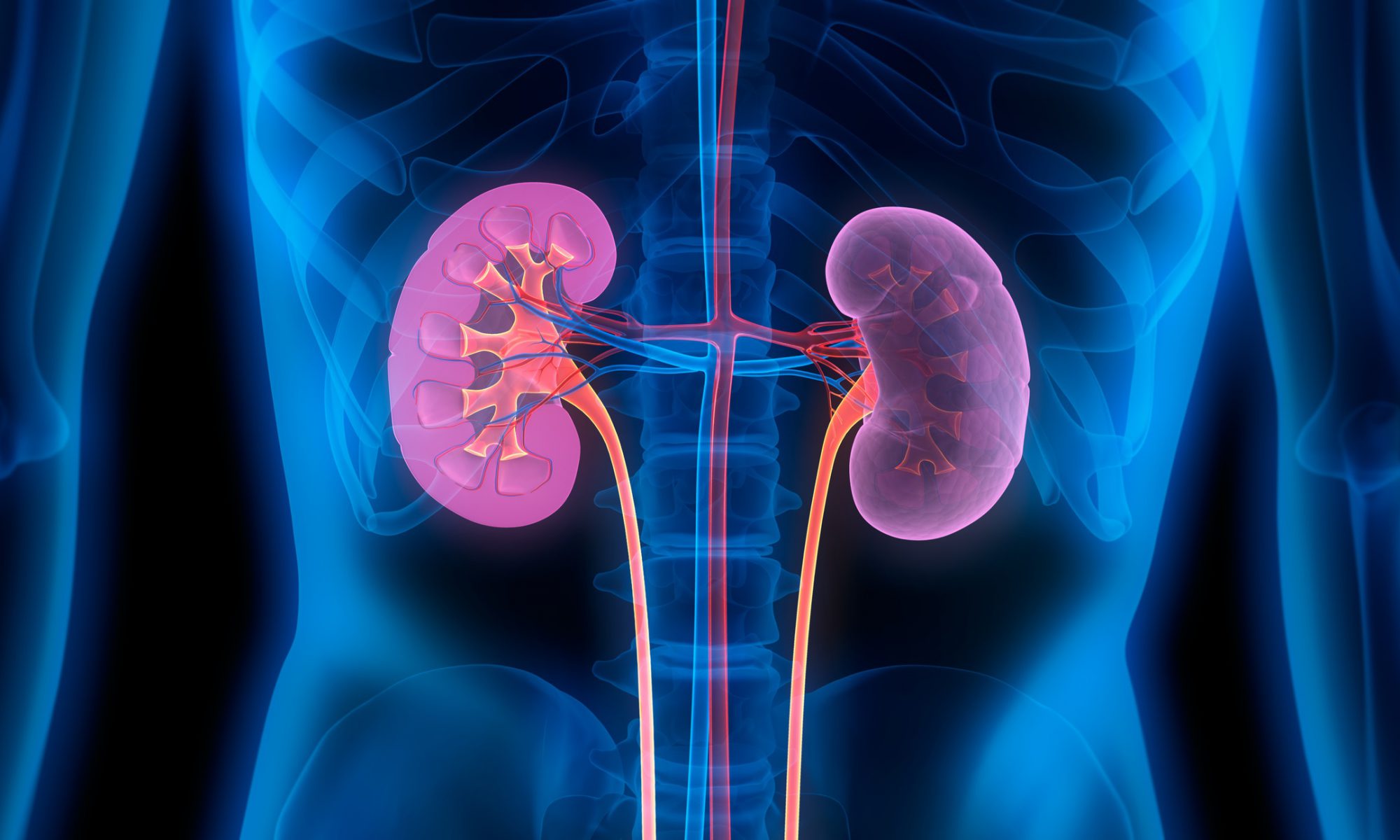By Kate Burba
Liver transplant candidates with a small stature experienced longer waitlist times and had lower rates of transplant, with the smallest 25% of candidates most affected, according to study results in JAMA Surgery.
“As a liver transplant surgeon, I had noticed that small candidates on the waitlist seem to wait longer to get a liver transplant, even if they are at the top of the list,” Catherine E. Kling, MD, MPH, assistant professor in the division of transplant surgery and program director for the Abdominal Transplant Surgery Fellowship at the University of Washington, told Healio.
Read more in Healio.



